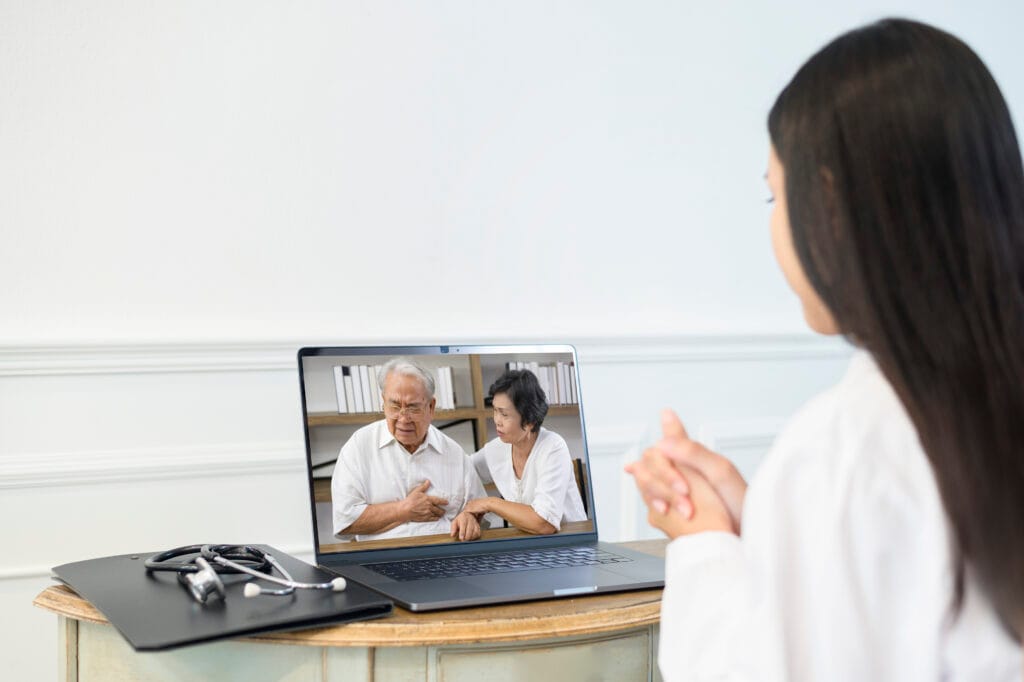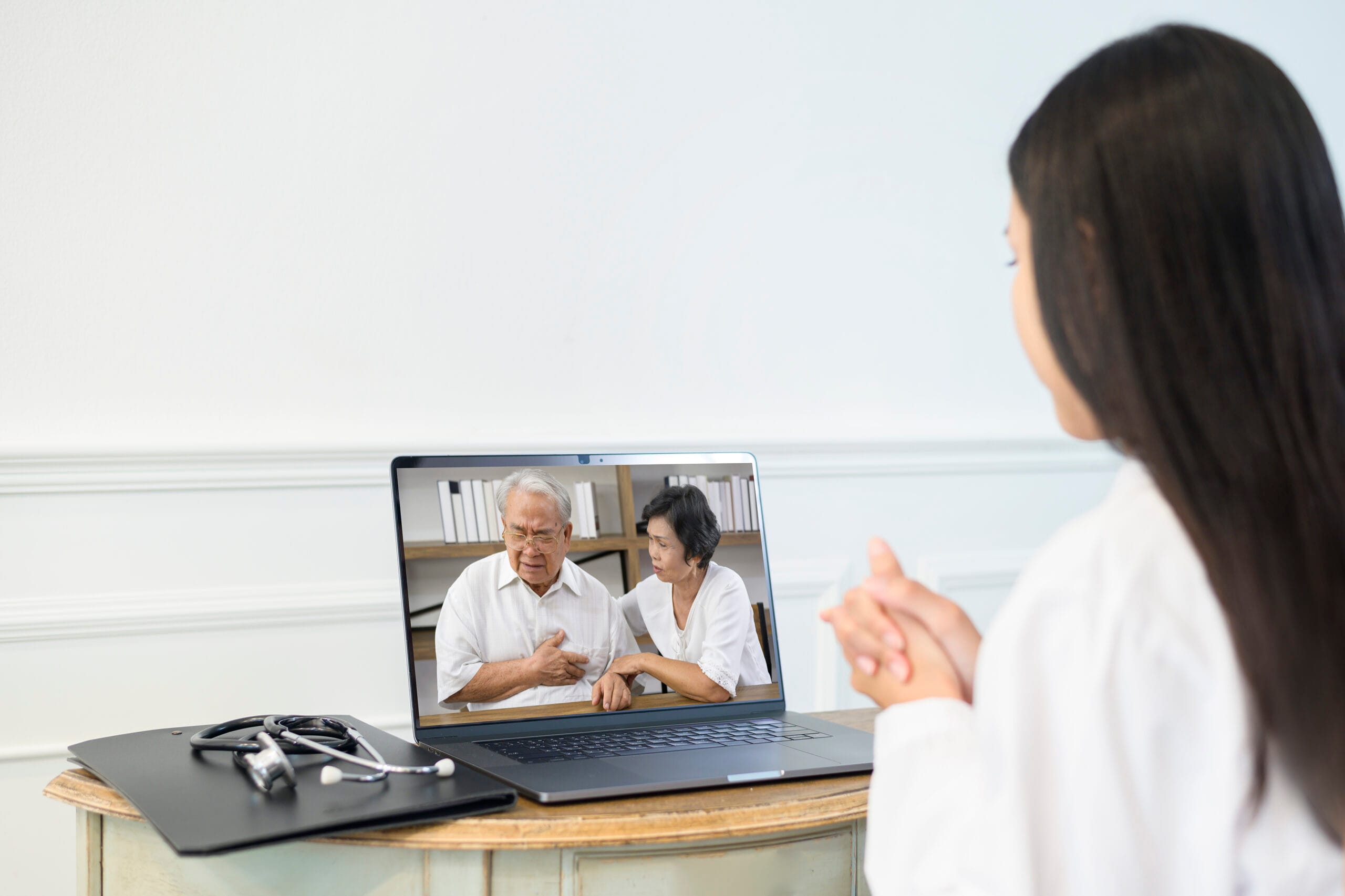Video consultation in healthcare is a method where patients connect with doctors and medical professionals through video calls rather than face-to-face appointments. With just a smartphone or computer, patients can meet their doctors virtually from anywhere. This approach has skyrocketed in popularity, particularly since the COVID-19 pandemic.
Many healthcare providers adopted it as a safe, efficient way to continue seeing patients without the risks or hassle of in-person visits. Virtual consultations are now helping people access healthcare services for routine check-ups, follow-ups, mental health counseling, and more – all from the comfort of their homes.
Why Video Consultation is Key to Accessible Healthcare
For many people, especially those in rural or underserved areas, accessing quality healthcare is a challenge. Travel distances, high costs, and the scarcity of nearby facilities make it difficult to receive timely care. Virtual consultation helps solve these problems by allowing patients to connect with healthcare professionals from wherever they are.
This digital approach is especially crucial for individuals with mobility issues or busy schedules, as it removes the need for long trips to clinics. Video consultation is a revolutionary tool that’s helping close the gap in healthcare access, making it easier for more people to get the care they need.
How Video Consultation Improves Access to Healthcare Services
By offering patients a way to book appointments online and consult with their providers virtually, video consultation is improving healthcare accessibility in multiple ways. Patients save time by avoiding waiting in clinics or commuting, and doctors can accommodate more patients in their schedules.

Furthermore, virtual consultations expand access to specialized care, as patients can connect with specialists who may be located far from their hometowns. This enhanced accessibility allows for quicker consultations, easier follow-up visits, and overall better management of health concerns, especially for those with ongoing or chronic conditions.
Top Benefits of Video Consultation for Patients and Providers
The benefits of video consultations extend to both patients and healthcare providers. For patients, the convenience of attending appointments from their homes or workplaces can’t be overstated. This reduces the need to take time off work or find transportation. There’s also less risk of exposure to other illnesses, which can be especially important for those with weakened immune systems.
For providers, virtual consultations mean more flexibility in scheduling and the ability to reach patients in various locations. It allows doctors to maintain continuity of care even when patients cannot come to the clinic. The result? A win-win for both sides, with improved patient satisfaction and streamlined healthcare delivery.
Video Consultation vs. Traditional In-Person Visits
Video consultation offers a unique set of advantages, but it’s not a replacement for all in-person visits. Physical exams and hands-on procedures still require a clinic visit. However, for routine check-ups, follow-up discussions, or mental health consultations, virtual consultation can be just as effective.
While traditional visits allow for more thorough physical exams, video consultations are ideal for preliminary assessments, prescription refills, and even some types of chronic disease management. The blend of both approaches creates a more versatile, patient-centered healthcare experience.
How Video Consultation Helps Rural and Remote Communities
One of the greatest impacts of video consultation is in rural and remote communities, where healthcare services can be scarce or inaccessible. Many people in these areas face long travel times to reach clinics, which can deter them from seeking medical attention. Virtual consultation makes it possible for these individuals to connect with doctors without leaving their communities.
This not only improves access to healthcare but also helps identify and address health issues sooner. With virtual consultation, distance is no longer a barrier, and people in remote areas can receive quality care when they need it.
Virtual consultations also help reduce the number of no-show appointments, as patients find it easier to attend virtual appointments. These cost-saving benefits make healthcare more affordable and accessible, especially for those with limited resources.
Improving Patient Outcomes
Video consultation can lead to better patient outcomes by making it easier to follow up on treatments and receive timely medical advice. Patients are more likely to keep up with appointments when they’re convenient, which means they’re more likely to manage chronic conditions effectively.
Additionally, with easy access to medical advice through virtual consultations, patients can make informed health decisions sooner, preventing minor issues from escalating into major problems. This accessible approach to healthcare plays a vital role in enhancing overall patient well-being.
Mental Health and Healthcare Needs
Mental health services are often hard to access, especially in underserved areas. Video consultations make mental health counseling and therapy more accessible, allowing individuals to connect with professionals privately from their own spaces.
Starting with video consultations is simple. Many healthcare providers now offer virtual appointments, patients can usually schedule them online or through an app. Before your first appointment, ensure you have a reliable internet connection, a camera-enabled device, and a quiet space where you won’t be disturbed. Many platforms are secure and HIPAA-compliant, meaning they protect patient privacy. Once set up, patients can easily manage their health through regular, convenient virtual visits with healthcare providers.
Challenges and Solutions
Despite the benefits, video consultation isn’t without its challenges. Technical issues, lack of internet access, and concerns about privacy can hinder its effectiveness. Many healthcare providers are working to address these challenges by using secure, user-friendly platforms and offering support to patients unfamiliar with the technology. Governments and organizations are also investing in expanding internet access, particularly in rural areas, to make video consultation feasible for more people.
Future of Video Consultation in the Healthcare Industry
As technology advances, the future of video consultation looks promising. We can expect to see more integration with wearable health devices, AI-powered diagnostics, and improved virtual platforms. Video consultation will likely become a standard part of healthcare, even as in-person visits remain essential for certain cases. Innovations in telemedicine are continually evolving, aiming to create an even more connected and accessible healthcare experience.
How secure are video consultations?
Video consultations are generally secure, especially when using HIPAA-compliant platforms. These platforms encrypt data to ensure patient confidentiality and protect personal health information.
Can video consultations replace in-person visits entirely?
No, video consultations are great for routine check-ups and follow-ups, but certain medical procedures and exams still require in-person visits.
Is video consultation available for all types of medical concerns?
Video consultation works well for general health advice, chronic disease management, mental health, and follow-up appointments. However, some conditions still require a physical exam for accurate diagnosis.
How do I prepare for my first video consultation?
Ensure you have a quiet, private space, a reliable internet connection, and a device with a camera. You may want to write down questions or concerns to discuss with your doctor.
What if I have technical issues during the consultation?
Many providers have support teams to help with technical issues. Contact your provider ahead of time if you need assistance with setting up or troubleshooting your connection.

